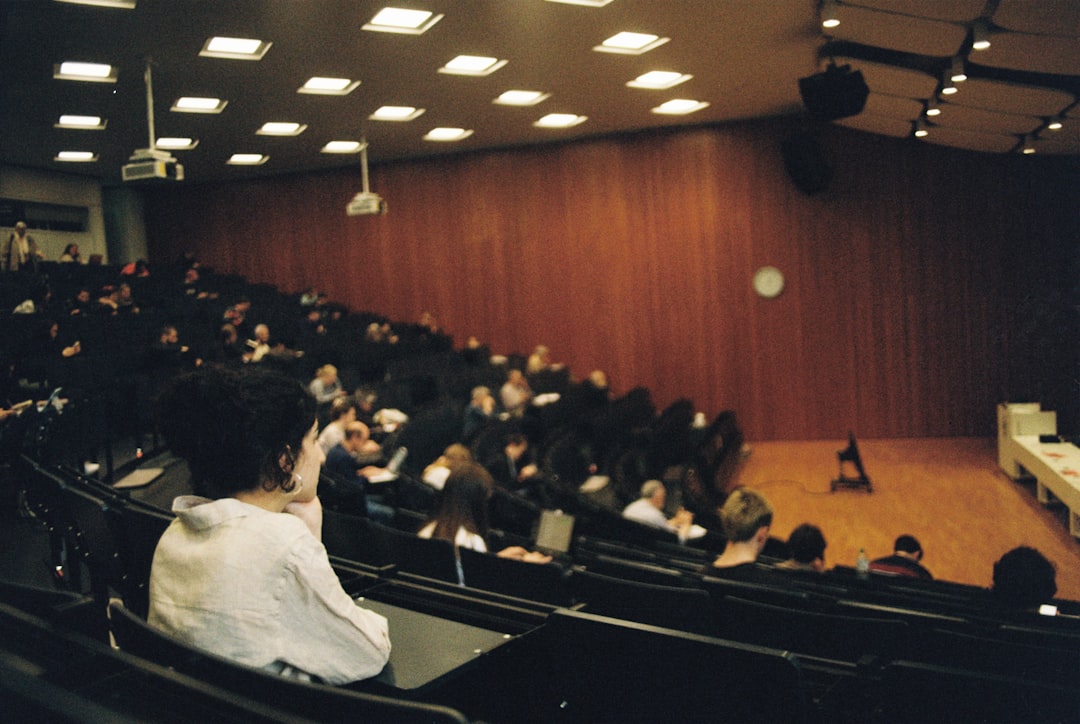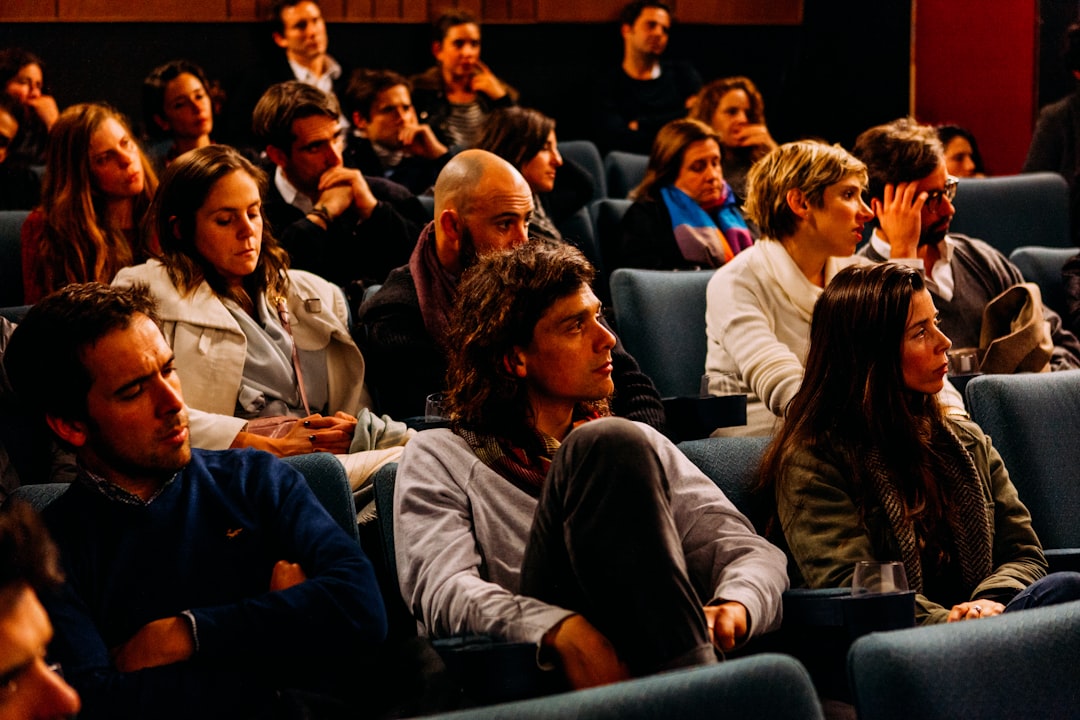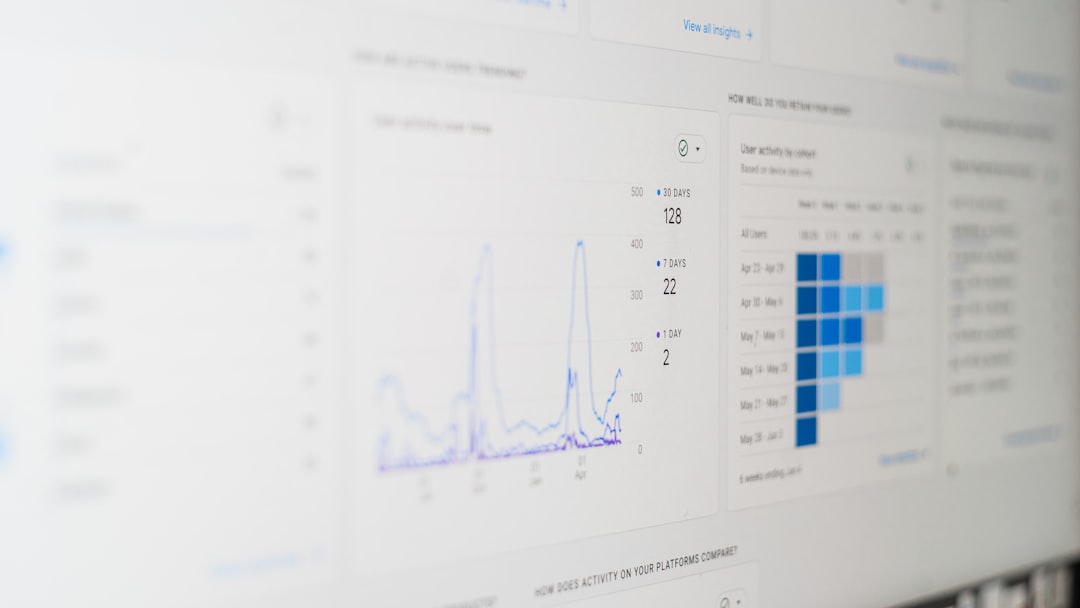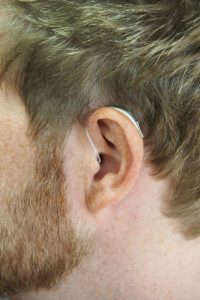
Online engagement has evolved significantly, and one of the most notable shifts is the movement from passive webinars to interactive workshops. While both are powerful tools in digital marketing and education, workshops increasingly deliver superior conversion rates—but only when executed correctly. Understanding the difference between the two formats and aligning them with the right business goals is essential to maximizing audience impact and revenue potential.
The Evolution of Online Events
In the early stages of digital marketing, webinars were among the most popular methods for sharing expertise, generating leads, and promoting products. Structured and presentation-centric, webinars served a purpose: deliver as much information as possible to a wide, often passive audience. But as audience expectations changed, so did the effectiveness of this format.
Today, people crave connection, not just consumption. Static lectures can feel disconnected. That’s why many businesses are transitioning toward interactive workshops: more lively, recipe-driven, and result-oriented formats that promote participation and trust.

Webinars vs. Workshops: Key Differences
At face value, webinars and workshops may look similar—but their outcomes differ drastically. Here’s a breakdown of the primary differences:
- Engagement Level: Webinars are typically passive experiences. Attendees listen, occasionally type questions, but largely remain observers. Workshops are built for interaction: hands-on exercises, polls, chats, and breakout rooms.
- Structure: Webinars tend to follow a strict presentation format—often slide-based and speaker-driven. Workshops rely on collaboration, live demonstrations, and audience contribution to guide the flow of content.
- Conversion Intent: Webinars primarily aim for broad lead generation. Workshops, meanwhile, encourage commitment—because participants invest time and often receive direct results, leading to higher conversion rates.
Why Workshops Convert Better
Data consistently shows that online workshops convert up to 5x better than traditional webinars. Here’s why:
- Trust Through Interaction: Real-time interaction builds psychological trust. Participants feel seen, heard, and involved, making them more willing to commit to further offers.
- Stronger Retention: The average webinar sees drop-off within the first 20 minutes. Workshops retain users significantly longer because they’re activity-based and include participant contributions.
- Experience Over Information: Webinars deliver information. Workshops deliver a transformation, even if it’s small. It’s that “quick win” that builds belief in the facilitator and the product.
Choosing the Right Format: When to Go Webinar, When to Go Workshop
Not all content works best in a workshop format, and not every audience wants deep involvement. Use this rule of thumb:
- Use a Webinar When:
- You’re introducing a broad concept or brand.
- You have a large, top-of-the-funnel audience unfamiliar with your topic.
- The goal is awareness, not commitment.
- Use a Workshop When:
- You want conversions like sales, signups, or premium subscriptions.
- You’re targeting a mid-to-bottom funnel audience already primed for action.
- You need to show rather than tell—great for coaching, SaaS tools, and B2B niches.
Format Structures That Drive Results
Whether it’s a webinar or a workshop, structure determines success. Below are proven formats that convert:
1. The Expert Authority Webinar
This classic webinar format is presentation-heavy and designed to establish expertise. It includes:
- Introduction with authority positioning
- Three-part framework or valuable insights
- Q&A segment
- Call to Action (usually to book a call or join a waitlist)
Use case: Best when targeting cold leads and aiming for email capture or webinar replays.
2. The Result-Oriented Workshop
This is a high-conversion format built around outcomes. Features include:
- Limited seats to encourage commitment
- Pre-session homework or intention-setting
- Live exercises during the session
- Group sharing or hot seats
- Structured CTA (Call to Action) like product demo or enrollment offer
Use case: Perfect for group coaching programs, service providers, or B2B solution pitches.

3. The Hybrid Funnel Event
This format blends the reach of a webinar with the depth of a workshop. The structure looks like:
- Introduction webinar to pre-frame the opportunity
- Invitation to join a live mini-workshop or challenge
- Follow-up email sequence driving action on the offer
Use case: Excellent for launches and high-ticket items, allowing users to warm up before attending a hands-on experience.
The Role of Technology
Executing a successful workshop requires more robust tech than a simple webinar. Here’s what’s essential:
- Reliable video conferencing tools: Zoom, Microsoft Teams, or platforms like Demio with interactive capabilities.
- Breakout room functionality: Enables small group collaboration and application.
- Live polls and chat features: Create dynamic interaction and feedback loops.
- Workflow automation: Tools like Calendly, Kajabi, and ConvertKit to handle invites, replays, and follow-ups.
Best Practices to Maximize Conversion
Switching formats isn’t enough—execution is where conversions happen. Implement these best practices:
- Prepare attendees: Send pre-event materials, set expectations, and reduce no-show rates.
- Create safe interaction zones: Use breakout rooms, clear instructions, and guided questions to empower participation.
- Provide immediate value: Design activities where participants get tangible takeaways during the session.
- End with clarity: Make the next step obvious, time-sensitive, and desirable.
Measuring and Optimizing Conversions
Understanding your workshop metrics is essential for iteration. Focus on:
- Attendance rate: Are people showing up? If not, reassess your reminders and value proposition.
- Engagement rate: Are participants interacting? Low responses mean content or facilitation issues.
- Conversion rate: What’s the percentage moving to your CTA? Tweak the pitch, delivery, or structure accordingly.

Final Thoughts
Webinars aren’t dead—but they’re no longer the leading format for driving conversions. In a world where trust and engagement are currency, workshops deliver both. They promote confidence, connection, and commitment in ways passive content never could.
Smart marketers and educators are recognizing this shift and restructuring their digital strategies accordingly. The transition from webinar to workshop isn’t just a change in format—it’s a change in philosophy. One that puts the participant, not the presenter, at the heart of the experience. And that is what truly converts.





